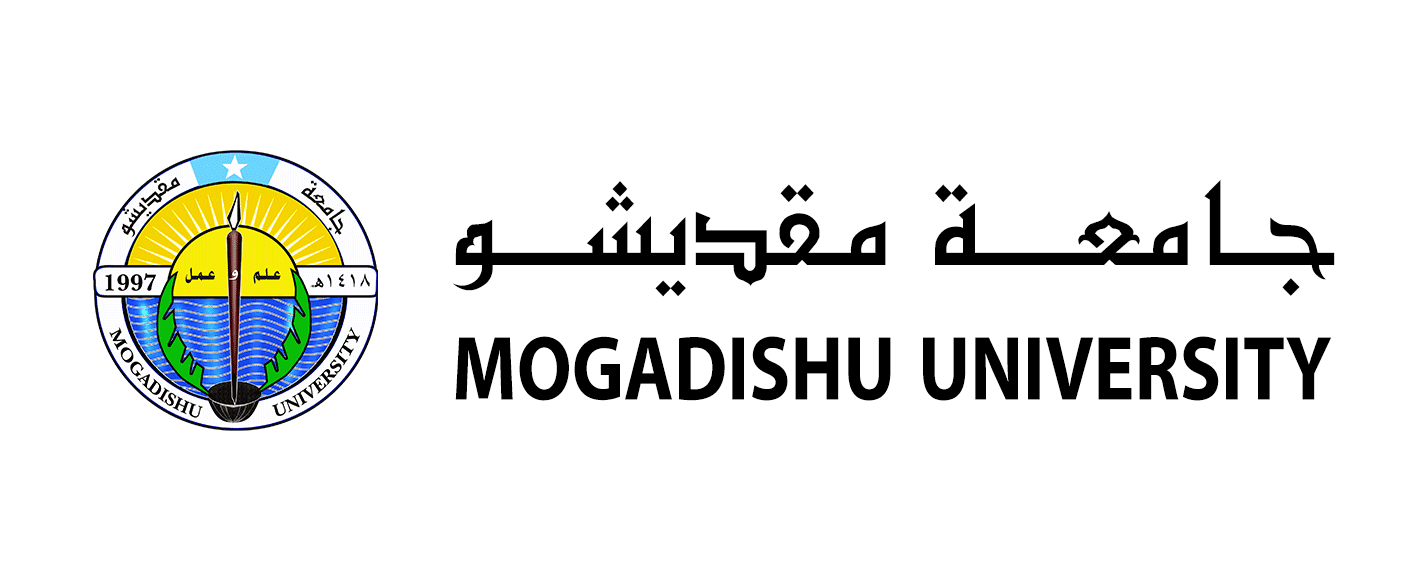Author
Eng. Abdirahman Ismail Dhaqane
Abstract
Somalia is where the Juba River Catchment is located. The economic, social, and environmental implications of water stress has increased due to recent severe water scarcity, necessitating optimal water resource planning for long-term socioeconomic growth. Water is increasingly needed for a variety of uses, including livestock, irrigation, and domestic use. By examining the significant hydrological components and computing the catchment water balance using the Water Evaluation and Planning (WEAP) model, the study’s goal was to evaluate the available water resources. Current agricultural water demands are 230.13 MCM while domestic water demand is 120.14MCM. For the short term plan (2030) the agricultural water demand will be 594.1 MCM while domestic water demand is 362.79 MCM. It is feasible to meet the water needs of the catchments’ expanding population and related socioeconomic development activities. However, this necessitates the implementation of effective water resource management and monitoring measures. The WEAP model performance attained R2 of 0.6 during calibration and 0.95 and an NSE of 0.9 for calibration.
The hydrology of the Juba-catchment as predicted by the WEAP model provides sufficient confidence for future prediction, according to the values of objective functions.
Keywords Water Availability, Water demand, WEAP Model, River Catchment, Streamflow, Semi-Arid Catchment Hydrology



